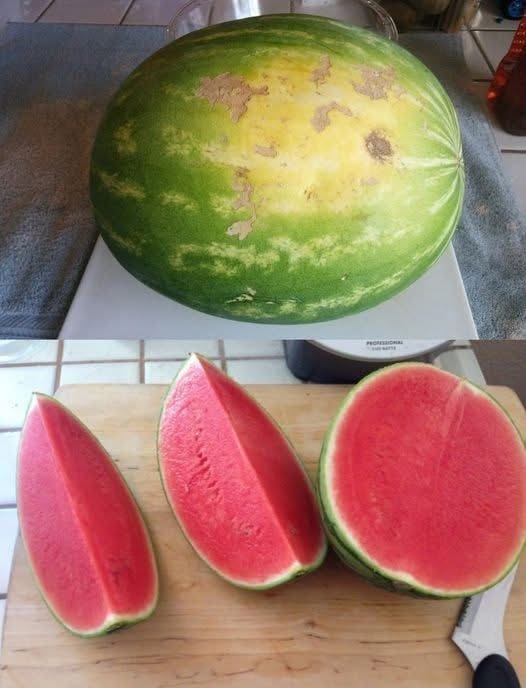The Savvy Shopper’s Guide to Choosing the Sweetest Produce
Introduction
Sweet, juicy, and flavorful produce is the heart of an exceptional kitchen. Whether you’re crafting a vibrant fruit salad, blending smoothies, or just enjoying a crisp apple on a sunny day, knowing how to pick the ripest and sweetest produce ensures maximum flavor and nutrition. This guide turns you into a market pro — able to spot the gems among the piles.
History
- For centuries, people relied on seasonal knowledge and experience to select fresh fruits and vegetables.
- Ancient farmers often chose seeds from the sweetest crops for planting, slowly improving varieties over generations.
- Markets in ancient Rome, China, and the Middle East were bustling centers where vendors enticed buyers with perfectly ripe figs, dates, and melons.
- Today, with year-round global trade, knowing the signs of sweetness is even more important.
Ingredients (Your Shopping Toolkit)
Instead of cooking ingredients, here are the essentials for your produce-shopping adventure:
- Eyes – to spot vibrant colors and perfect skin.
- Hands – for gently feeling firmness and weight.
- Nose – to detect natural sweetness.
- Seasonal Chart – to know when fruits are at their peak.
- Reusable produce bags – for eco-friendly carrying.
Instructions (Step-by-Step Shopping Guide)
Step 1 – Know the Seasons
- Buy strawberries in late spring, peaches in mid-summer, and citrus in winter. In-season fruits taste sweeter and cost less.
Step 2 – Use Your Eyes
- Look for bright, deep colors and avoid dull or faded spots.
- For grapes, choose bunches with plump, tightly attached berries.
Step 3 – Feel the Weight
- A sweet fruit is often heavier than it looks due to its higher juice content.
Step 4 – Smell for Sweetness
- Ripe melons, pineapples, and peaches give off a fragrant aroma at the stem end.
Step 5 – Avoid Overripe Signs
- Overripe produce can be mushy, fermented-smelling, or have mold spots.
Methods (Expert Tips & Tricks)
- Thump test for melons: A deep, hollow sound means ripe.
- Pineapple leaf test: Leaves should pull out with slight resistance.
- Berry check: Flip the container — if berries are stained or leaking, they’re past peak.
- Banana stage: Fully yellow with a few brown spots = max sweetness.
Benefits
- Better flavor: Sweetness enhances enjoyment and reduces need for added sugar.
- Higher nutrition: Ripe produce has more antioxidants and vitamins.
- Cost savings: In-season, sweet produce is cheaper and lasts longer.
- Culinary versatility: Sweet fruits can be eaten fresh or used in desserts, smoothies, and salads.
Formation (How Sweet Produce Develops)
- Sweetness develops as fruits convert starches into sugars during ripening.
- Sun exposure, soil health, and variety all influence sugar levels.
- Post-harvest handling can either preserve or damage sweetness.
Conclusion
Choosing the sweetest produce is both an art and a science. With practice, you’ll be able to shop with confidence, picking fruits and vegetables that burst with flavor and nutrition.
For the Lovers
This guide is for the true food romantics — those who lean in to smell a ripe peach, press a melon like it’s a crystal ball, and smile when juice drips down their chin. You’re not just buying produce; you’re buying little bites of sunshine.
